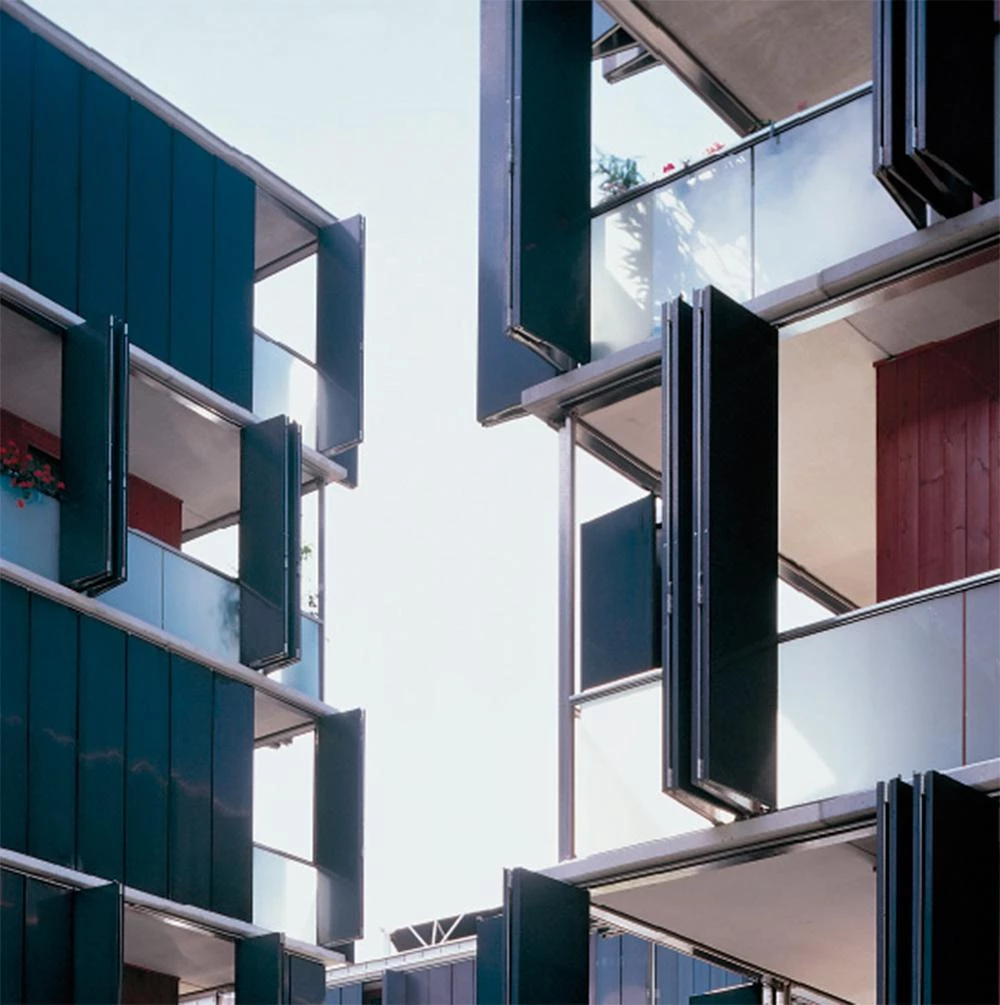
God is in details, and so are we. Life's pleasures sometimes lie in tiny circumstances, and the beauty of a house often rests in essential minutiae. Inevitably ruled by the foreseeable rhythms of collective routine, our individual existence reclaims delight through the careful gestures that connect moments; and inexorably governed by the stubborn law of demand and habit, our singular dwelling encounters emotion in detail. Such material precision represents at once the intellectual rigor that makes architecture an exploration into the territory of ideas, and the expressive exactitude that turns building into an artistic adventure: if the God of Teresa of Ávila was to be found among the kitchen pots, in the realm of the everyday details link the abstract universe of concept with the motley world of images, and do so through the tactile presence of resilient matter.
Some architects scorn detail the way some writers ignore syntax, judged as trivia of the craft that serves to lend formal perfection to works lacking in substance. This has been the stand of the current Dutch school, as determined to subvert programs and typologies as it is disdainful of constructive refinement, and which has adopted the provocative "fuck details" of its leader, Rem Koolhaas, as a slogan. In contrast, other architectures cling – like the characters of the Indian writer Arundhati Roy – to the "god of small things", and have made detailing a field for technical and artistic innovation by pursuing excellence in matter. A case in point is the contemporary Swiss school, which often combines a docile acceptance of functional convention with an obsessive search for the exact and violent sensuality that underlies the physical forcefulness of gravity, color or texture.
Detail in the residential project is, nevertheless, not only an arbitrary complication of the assemblies distracting from morphological options, nor just a capricious selection of products with which to add glamour to predictable houses: it is an economic and esthetic decision whose material and energetic dimension must make compatible the affordability of the house with its attractiveness, and its ecological sustainability with its cultural significance. The cautious nature of building codes has impoverished housing programs, industrial inertia has made construction unadventurous, and the formulism of developers has homogenized appearances. But in the mosaic of European housing, there is still room for experiment. Only in details? Mies van der Rohe thought that God was in them, and Óscar Tusquets declares that the hidden precision of detail is justified because "God sees it." But one needn't look to divinity to give housing its good share of detail.





